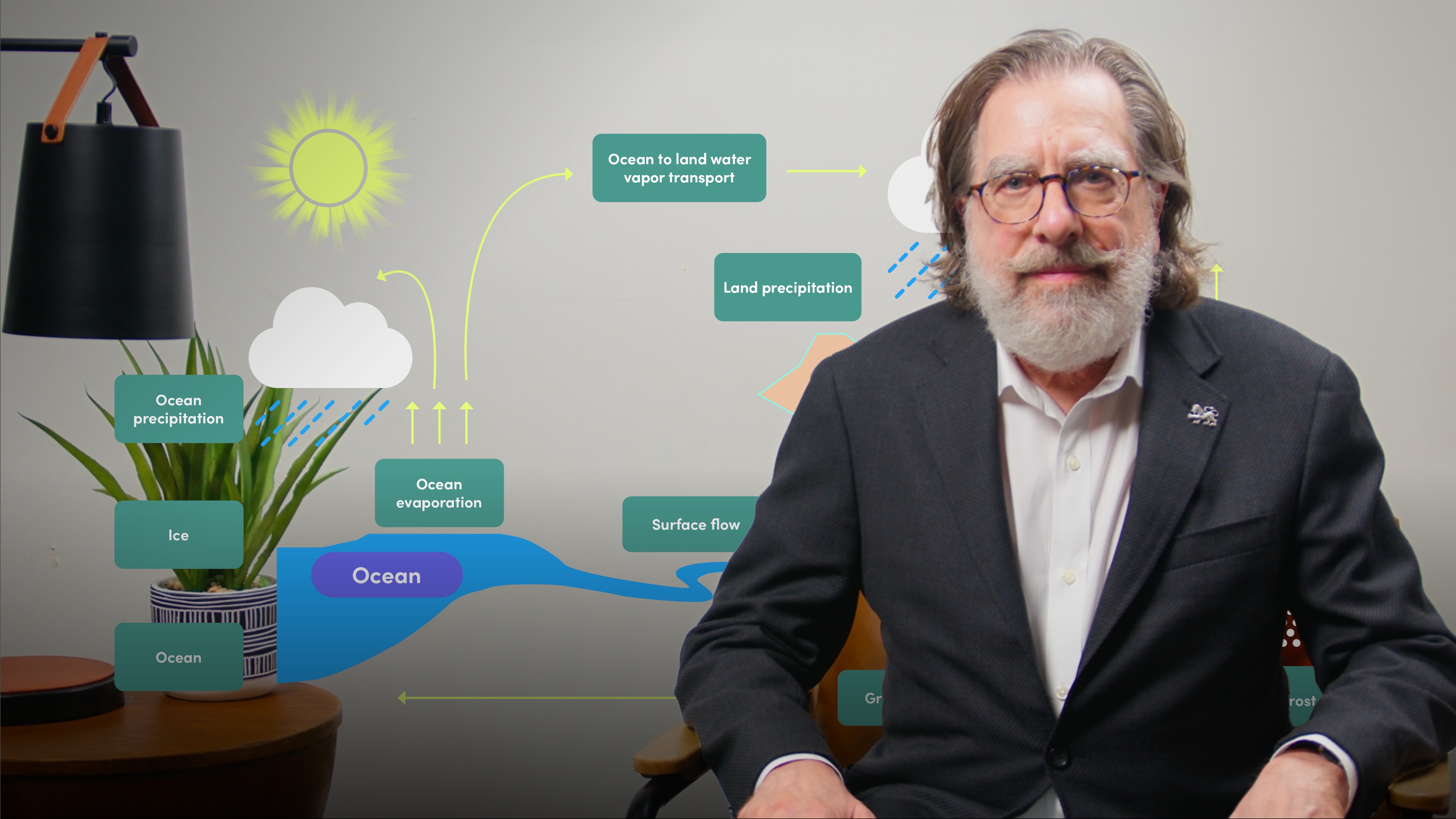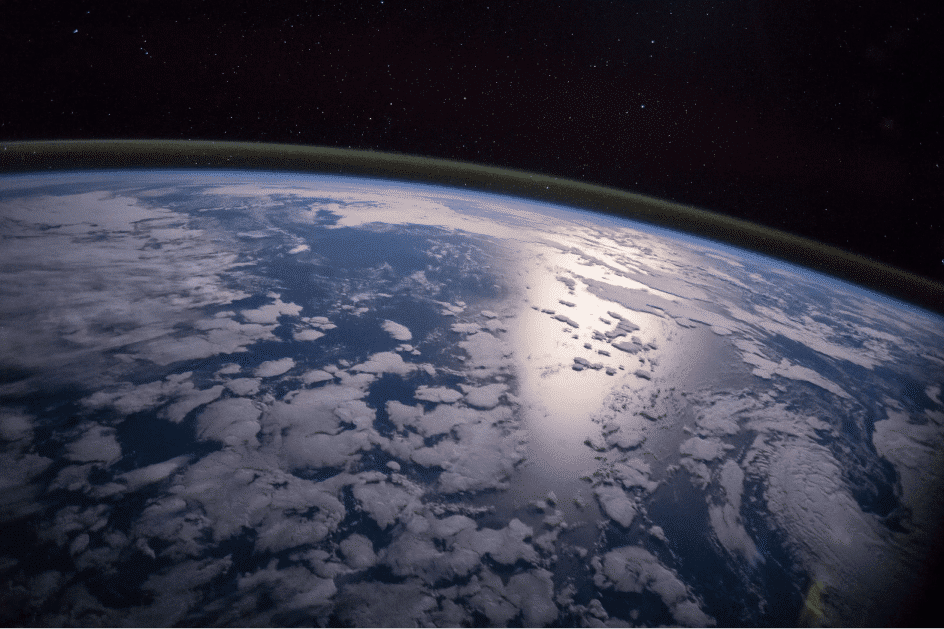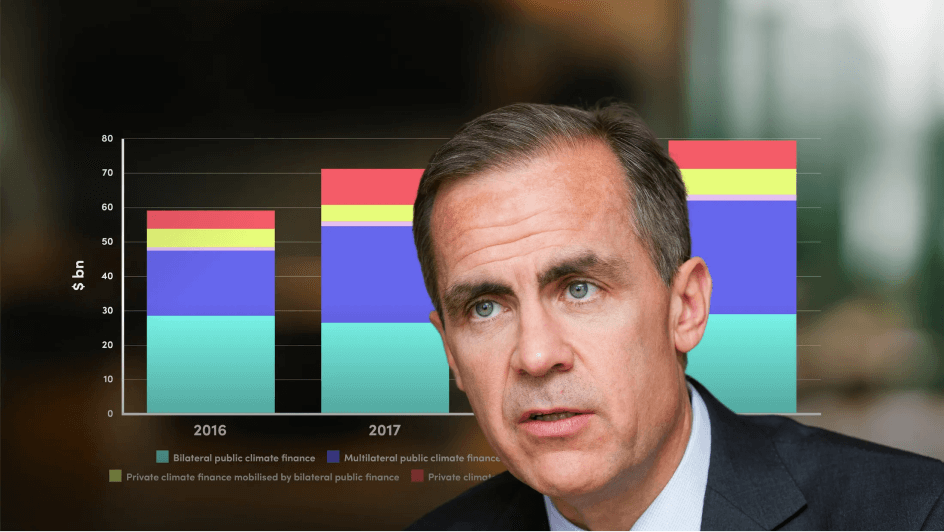
Understanding the Global Water Crisis

Will Sarni
Leader: Corporate water strategy
Water is life. Discover how extreme weather events can disrupt our access to clean water and why it's crucial to understand the global water crisis.
Water is life. Discover how extreme weather events can disrupt our access to clean water and why it's crucial to understand the global water crisis.
Subscribe to watch
Access this and all of the content on our platform by signing up for a 7-day free trial.

Understanding the Global Water Crisis
10 mins 14 secs
Key learning objectives:
Understand the global water crisis
Identify the key components of the hydrological cycle
Outline the stakeholders who can solve the water crisis
Define wicked problems
Overview:
Subscribe to watch
Access this and all of the content on our platform by signing up for a 7-day free trial.
- Evaporation and transpiration: Water from oceans, lakes, and plants rises into the atmosphere
- Condensation: Water vapour cools and forms clouds
- Precipitation: Clouds release water as rain, snow, or ice
- Infiltration and groundwater flow: Some water seeps into the ground, replenishing underground aquifers.
- Surface water movement: Water collects in rivers, lakes, and oceans, where the cycle starts again.
- Have multiple causes and interdependencies
- Are difficult to fully understand
- Often lead to unintended consequences when addressed
Subscribe to watch
Access this and all of the content on our platform by signing up for a 7-day free trial.

Will Sarni
There are no available Videos from "Will Sarni"





























